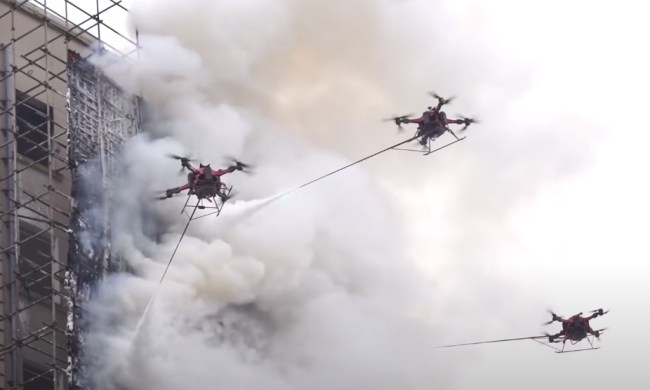Spanish drone company Embention is taking the lead role in the Drones Against Tsetse project, preparing a UAV that will release a swarm of tsetse flies designed to deter the spread of the parasite trypanosomiasis. Trypanosomiasis is spread through the bite of the tsetse fly and causes sleeping sickness in both humans and livestock. In humans, the disease makes people want to sleep while in animals the primary symptoms include wasting, paralysis, and death.
To halt the spread of the disease, the tsetse fly has been irradiated and rendered sterile as part of a method know as the Sterile Insect Technique (SIT). Research has shown that these irradiated flies are unable to breed with female flies, significantly reducing the number of offspring. Less flies equates to less disease in humans and animals.
The irradiation program is nothing new in Ethiopia. The country has been doing it manually for years, using teams in airplanes to drop boxes of the flies into the targeted areas. Starting soon, the drone will replace the people, making it cheaper to deploy the flies. “To be effective, they need to fly every day, so the cost involved in it decreases a lot because you don’t need a trained pilot for this,” said drone designer Javier Espuch. The drone delivery also is safer and more precise since it can deploy the boxes at only 300 meters above the ground.
Embention is preparing the F300 fixed-wing drone for its first operational flights in Ethiopia. The company has been conducting trials in its native country of Spain and is awaiting approval in Ethiopia. Once approved, the team will target a 200,000 square km area that is not being used for livestock or habitation because of its high concentration of tsetse flies. To reclaim this land, the drone will fly over the area and release its SIT payload. If successful, this system could eventually be used with mosquitoes as a way to prevent malaria.



